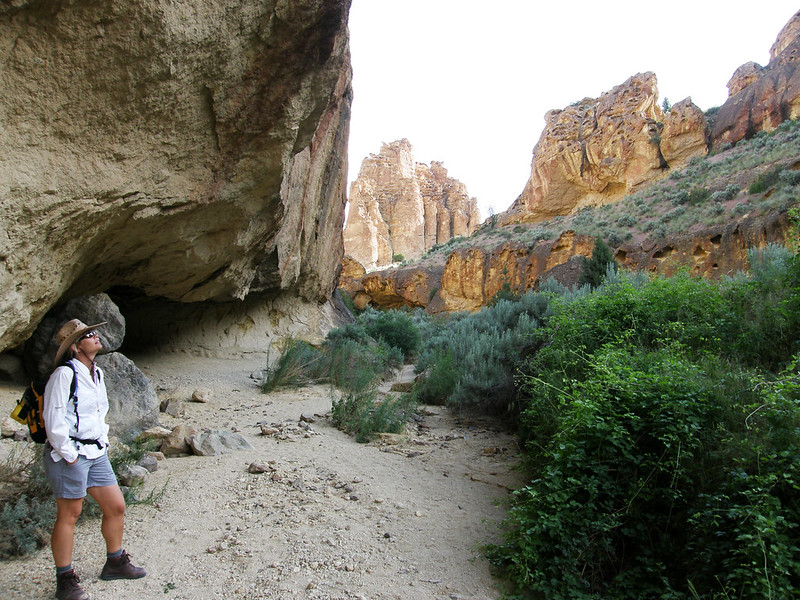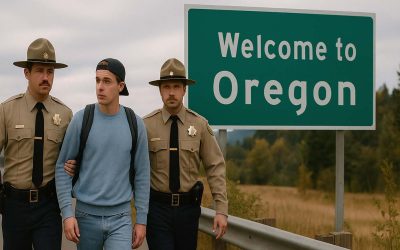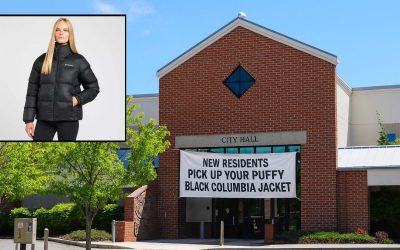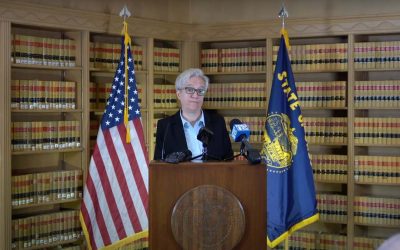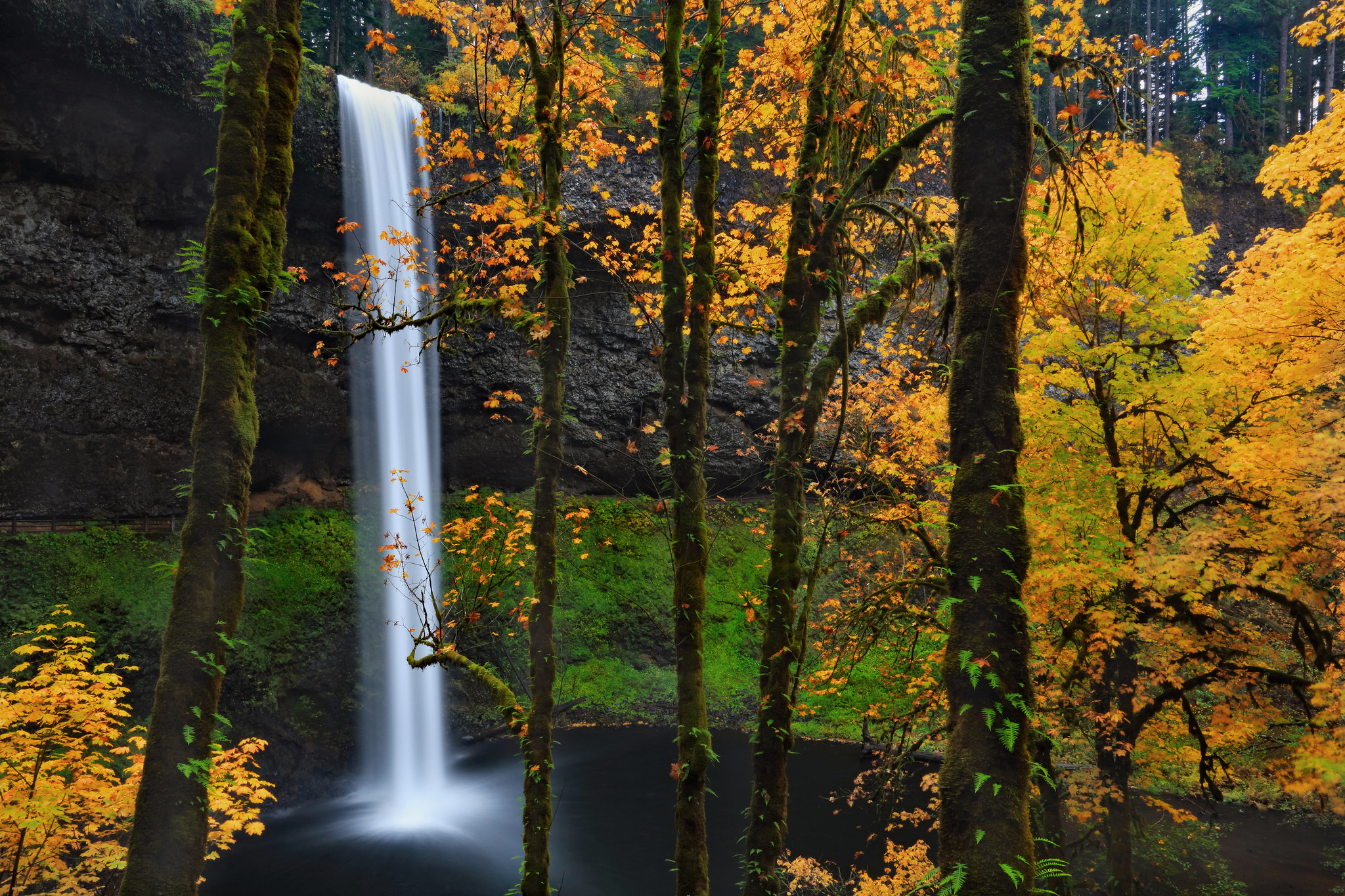Towering rocks that look like a honeycomb, scrubby brush and plants that exist nowhere else on earth, and a sense of awe are what greet you when you step into the spectacular Owyhee Canyonlands. It's our job to protect this magical place for future generations.
The Owyhee Canyonlands, nestled within the vast high desert region of Southeastern Oregon, are a sprawling and remote landscape defined by dramatic cliffs, volcanic formations, and rugged beauty. On December 20, 2024, the U.S. Senate passed legislation to safeguard nearly 1 million acres of this breathtaking region. This historic approval came after years of negotiation and collaboration between lawmakers, conservationists, ranchers, and tribal leaders.
A Long Road To Senate Approval
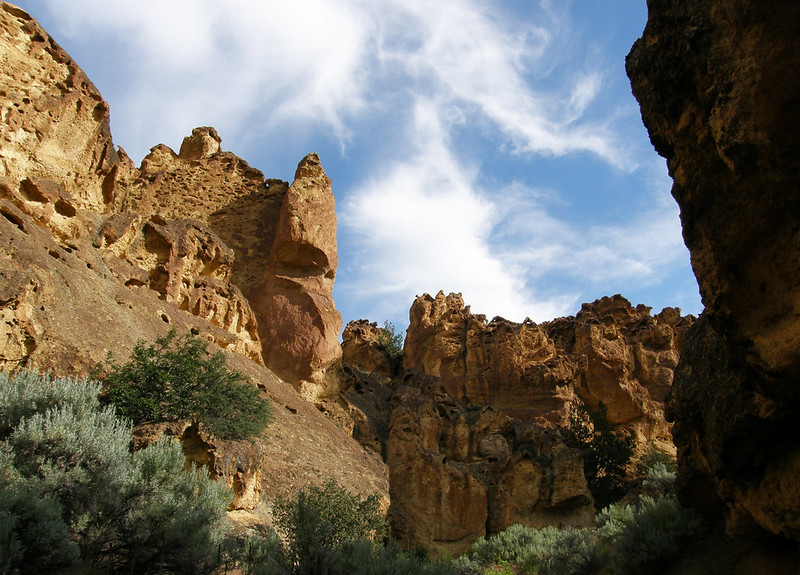
Efforts to protect the Owyhee Canyonlands date back more than five years. Initial proposals, including the Malheur Community Empowerment for the Owyhee Act introduced in 2019, failed to gain traction. Subsequent attempts also stalled until 2023, when a revised version of the bill finally advanced to a Senate vote.
The newly passed legislation is the result of bipartisan efforts by Oregon’s U.S. Sen. Ron Wyden and Republican Rep. Cliff Bentz. The bill reflects a compromise aimed at balancing environmental protection with the economic needs of local ranchers and communities. It provides over 1 million acres of wilderness designation while including provisions to ensure sustainable grazing practices and transportation improvements for the area.
The Owyhee Canyonlands - Preserving An Iconic Landscape
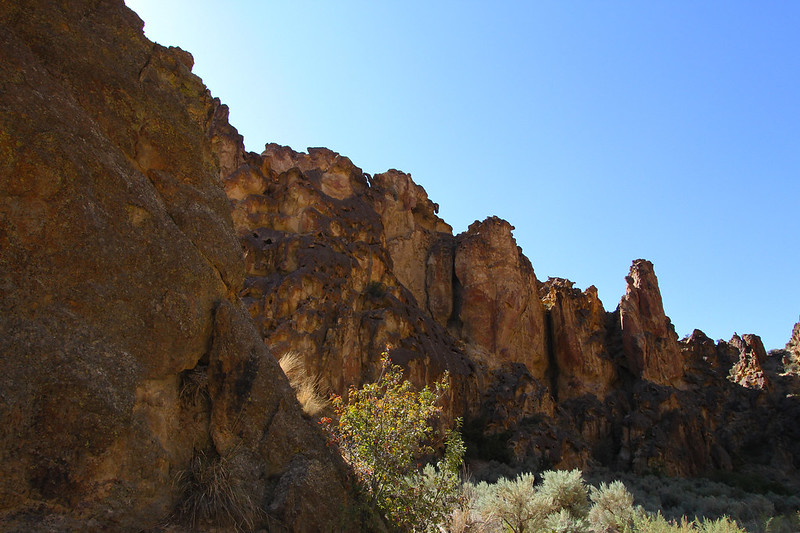
The Owyhee Canyonlands stretch along the 280-mile-long Owyhee River in Southeastern Oregon, a region defined by its dramatic cliffs, volcanic formations, and remote beauty. It is home to diverse wildlife, including threatened sage grouse, bighorn sheep, mule deer, and elk, and is a treasured recreational destination for rafters, hikers, and campers.
At the heart of the canyonlands is Leslie Gulch, a gem known for its striking geology and rare plant species found nowhere else in the world. This unique landscape has long been a focus of conservation efforts.
If the Owyhee Canyonlands become protected, what happens to all of the ranches and cattle that are currently grazing on the land? You can check out this news video from April of 2024 that explains what conservation groups are trying to accomplish by protecting the Owyhee Canyonlands. They are not trying to remove grazing or ranching rights, and are not trying to remove roads or access. What they are trying to do is prevent new things from being built in the area, such as roads, power lines, and mines, in order to protect what is already there.
Calls For Presidential Action To Protect The Owyhee Canyonlands
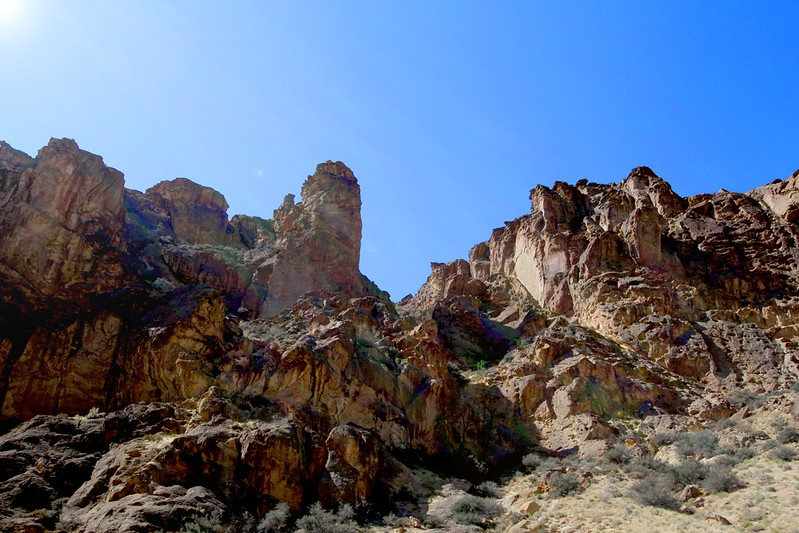
Earlier in December, Oregon Governor Tina Kotek urged President Joe Biden to use the Antiquities Act to designate the Owyhee Canyonlands as a national monument if Congress failed to act. The Antiquities Act, signed into law in 1906, grants the President authority to protect lands of cultural, historical, or natural significance. Advocates for the monument designation argued it would offer immediate and permanent protection against development and environmental degradation.
However, Wyden and Bentz have consistently opposed this approach. Wyden emphasized that a legislative solution provides more comprehensive and lasting protections than a national monument designation, which could lead to prolonged litigation and uncertainty.
Next Steps In The House
While Senate approval marks a significant milestone, the legislation must still pass the U.S. House of Representatives to become law. Rep. Bentz, once skeptical of the protection plan, has pledged to work toward bipartisan support for the bill in the House.
If enacted, this would be one of the largest conservation opportunities in the American West. It would also continue to solidify the region's importance as a hub for recreation, ecological preservation, and cultural heritage.
For now, the focus shifts to the House, where the future of "Oregon’s Grand Canyon" hangs in the balance. Advocates remain hopeful that the collaboration and momentum gained in the Senate will carry forward, ensuring the Owyhee Canyonlands are preserved for generations to come.

